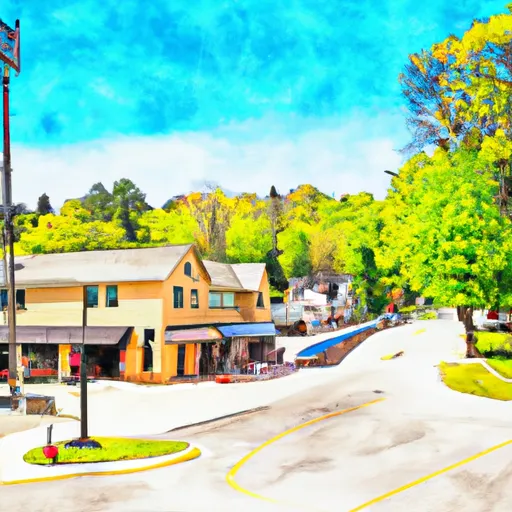°F
°F
mph
Windspeed
%
Humidity











Butternut, Wisconsin is a small town located in northern Wisconsin. The climate in Butternut is generally cool and temperate, with mild summers and cold winters. The area is characterized by forests and lakes, which contribute to its hydrology constituents. In particular, the area is home to a variety of fish species, including walleye, musky, and smallmouth bass. Outdoor recreation opportunities in Butternut include fishing, boating, hiking, and hunting. The town is surrounded by national forests, which offer ample opportunities for outdoor enthusiasts to explore the local flora and fauna. Additionally, the nearby Flambeau River provides excellent opportunities for canoeing and kayaking.
Weather Forecast
Butternut receives approximately 823mm of rain per year, with humidity levels near 84% and air temperatures averaging around 5°C. Butternut has a plant hardyness factor of 4, meaning plants and agriculture in this region thrive during a short period during spring and early summer. Most plants will die off during the colder winter months.
Regional Streamflow Levels
61
Cubic Feet Per Second
586
Cubic Feet Per Second
10
Cubic Feet Per Second
5
Cubic Feet Per Second
Nearby Camping
| Camping Area | Reservations | Toilets | Showers |
|---|---|---|---|
| Tickfaw State Park | |||
| Greenville - Lake Wappapello | |||
| St. Peters 370 Lakeside Park | |||
| Bogue Chitto Water Park | |||
| Sulphur Springs - Lake Wappapello | |||
| Pere Marquette State Park |



